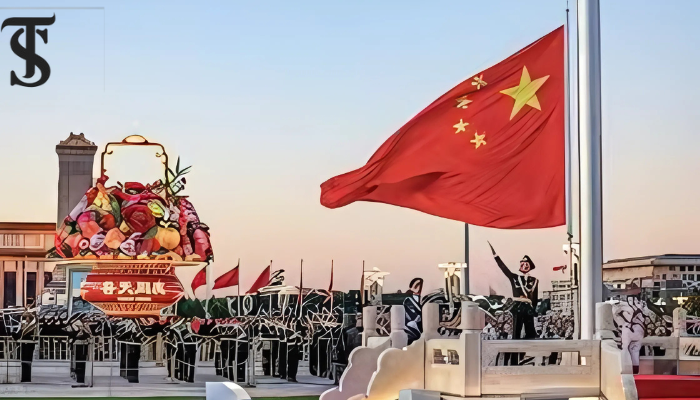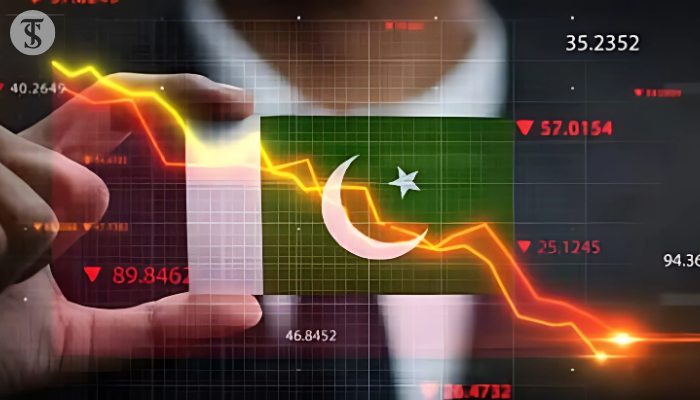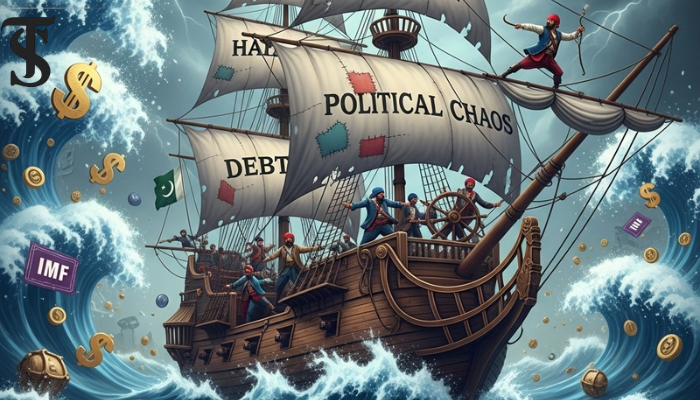The Dynamics of Global Capitalism: A Study of World Systems Theory and the US-China Rivalry

- US-China Rivalry in Global Capitalism: The competition between the US's liberal capitalism and China's state capitalism reflects differing economic systems, trade disputes, and ideological conflicts, influencing global economic dynamics.
- Lenin vs. Kautsky’s Theories: Lenin's view of inter-imperial rivalry as inherently conflictual contrasts with Kautsky’s cooperative "ultra-imperialism," highlighting tensions in US-China economic interactions despite financial interdependence.
- Economic Interdependence and Instability: Despite trade disputes, decoupling the US and Chinese economies remains impractical due to deep financial ties, creating a precarious balance between competition and collaboration in the global economic structure.
Understanding the dynamic and hierarchical nature of the global economic structure is made easier with the help of world systems theory. It highlights how territory is divided and how national economies compete to rise in the value-added order and state hierarchy. This theory holds that the global economy is a dynamic system with interdependent national economies fighting for supremacy. In recent decades, this framework has emphasized the role of how China, India, Latin America, and Africa have shaped the global capitalist economy.
Transnational corporations, especially those with headquarters in the United States, have a significant impact on the current state of the world economy because of their significant investments in China’s global manufacturing sector. The China-US competition, which is defined by “cycles of hegemony,” in which hegemonic powers compete for dominance in trade, finance, and production, has been exacerbated by this dynamic.
China’s Economic Ascendancy and the US-China Rivalry
China has consolidated its place in the global economic hierarchy over the last forty years by becoming the largest manufacturer, trader, and creditor in the world. The struggle in “circles of hegemony” is reflected in the continuing trade war and competitiveness between the United States and China. China’s financial power and the Chinese Yuan are expected to increase, possibly rising to the third most influential currency in ten years, despite the US dollar’s hegemony in international banking.
The dynamics of the US-China competition can be understood through Lenin’s examination of inter-imperial rivalry. He proposed that rivalries for control of the world market are fuelled by inter-capitalist rivalries and have the potential to turn into war or other geopolitical conflicts. As seen by the emergence of US capitalism in Latin America and the Caribbean and the extension of European capitalism in Asia and Africa, imperial capitalism has historically seen power shifts that result in military crises.
Lenin’s and Kautsky’s Theories: Relevance to the US-China Rivalry
Kautsky’s “ultra-imperialism” idea, which contends that core capitalist countries may escape damaging competition by establishing coalitions to collectively exploit the global economy, is challenged by Lenin’s theory of imperialism. However, as rivalry between capitalists frequently resulted in violence, the First World War supported Lenin’s viewpoint. In examinations of the international political economies following World War II and the Cold War, this argument has come up again.
Kautsky’s idea of organised capitalism, a worldwide system of trade and production cooperation, seems precarious in light of the US-China conflict. Lenin’s focus on finance capitalism, which is distinguished by its adaptability and mobility, is still very relevant today. The increasing financial interconnectedness between the US and China is proof that financial capital’s supremacy incorporates national economies into the global capitalist framework. US financial companies have increased their activities in China despite political unrest, taking advantage of the country’s changing economic structure and potential for profit.
Competing Capitalisms: Liberalism vs. State Capitalism
The conflict between the US and China can also be seen as a struggle between two different forms of capitalism: state capitalism in China and liberal capitalism in the US. These conflicting systems are a reflection of institutional, political, and cultural disparities, claims, Chinese state capitalism places a strong emphasis on corporative state-business connections and active state intervention, which are influenced by both internal and historical issues as well as reactions to external pressures.
US politicians, on the other hand, frequently view Chinese state capitalism as protectionist, pointing to industrial policies that encourage unfair competition, weak rule of law, and government subsidies to state-owned companies (SOEs). These problems are highlighted by recent trade disputes, in which the US accuses China of deceptive economic practices and forced technology transfers.
Implications of US-China Economic Rivalry
Decoupling the US and Chinese economies seems politically and economically impossible, notwithstanding trade disagreements. Reducing interconnectedness runs the danger of hurting both countries and the world economy. Kautsky’s case for collaborative capitalism is strengthened by the two countries’ economic integration, which simultaneously draws attention to its intrinsic instability.
A move towards more openness is seen in China’s recent economic liberalisation, which permits foreign companies to operate in vital industries including chemicals, auto manufacture, and banking. Nevertheless, as seen by growing trade surpluses and reciprocal charges of unfair practices, these developments also strengthen the competitive dynamics between the two countries.
Conclusion
According to World Systems Theory, the rivalry between the US and China is a prime example of the complexity of global capitalism. The interaction of Kautsky’s and Lenin’s views offers a sophisticated comprehension of the political and economic forces underlying this rivalry. Although Lenin’s emphasis on financial capitalism is still pertinent, the fragmented global economy of today poses difficulties for Kautsky’s theory of cooperative exploitation. In the end, the struggle between state and liberal capitalism will continue to influence the global economic system, which will have a big impact on stability and progress worldwide.
The author is pursuing an MPhil degree in International Relations.




